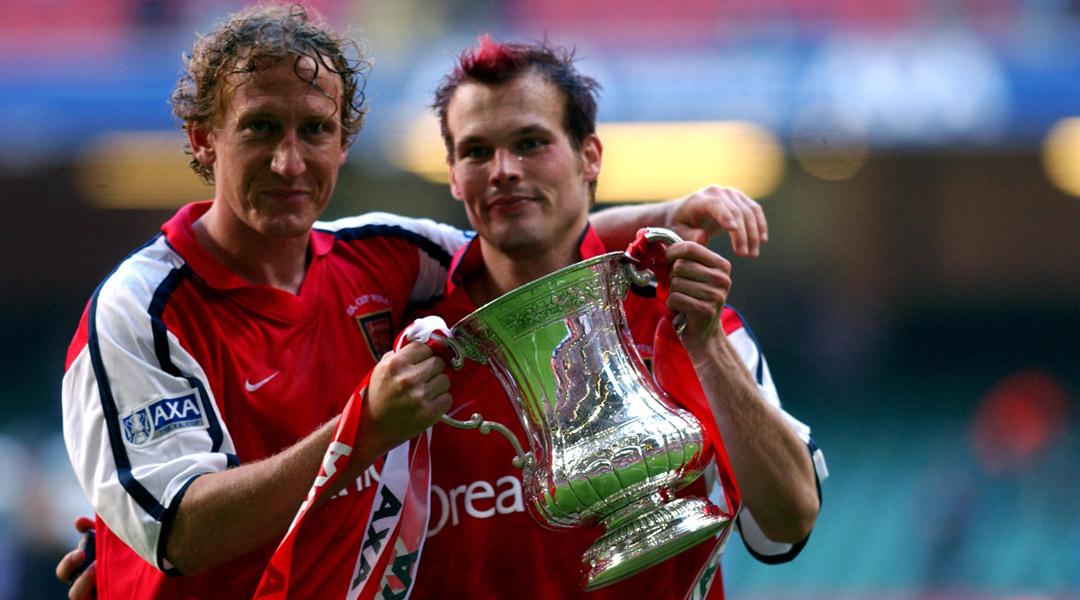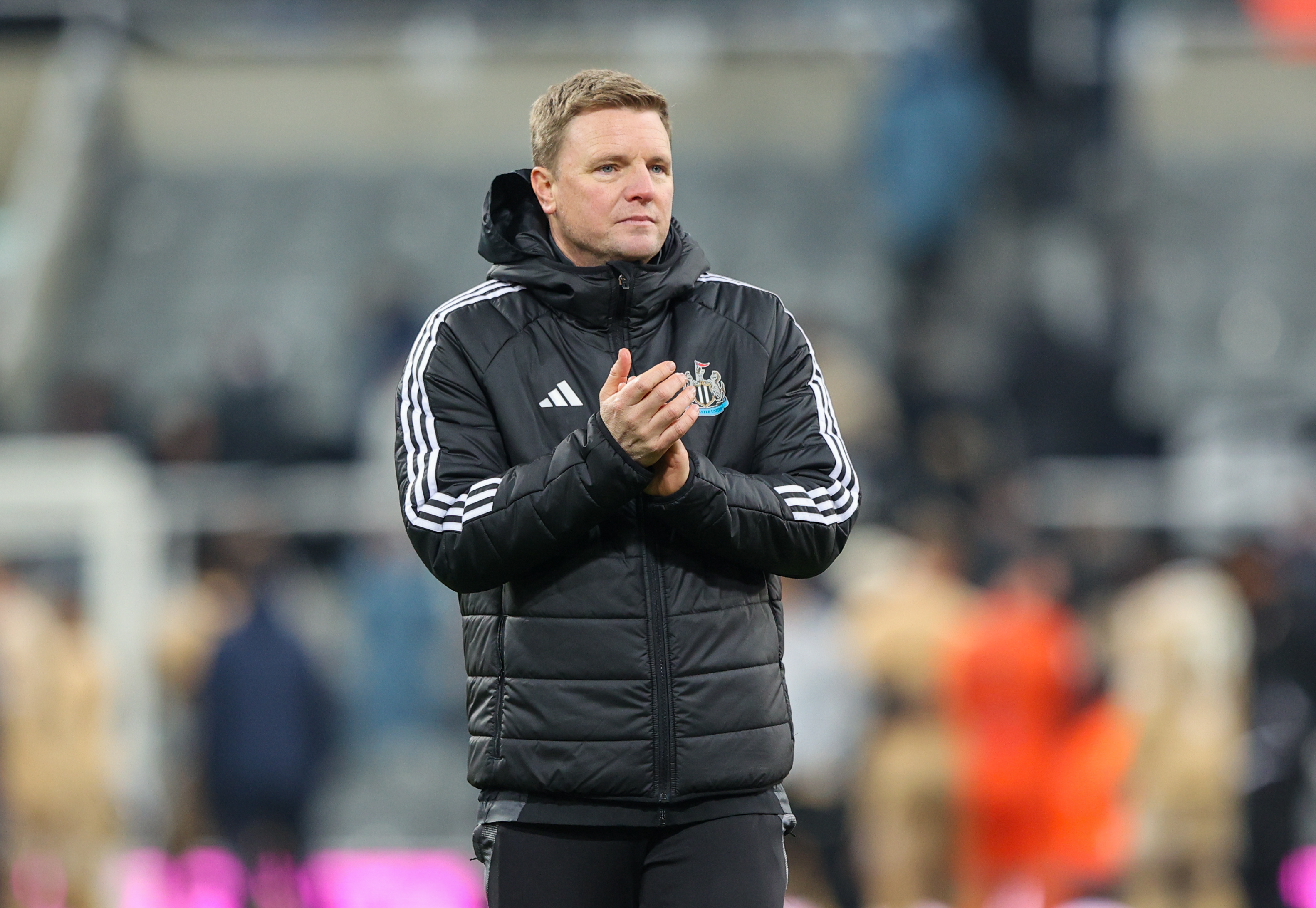Arsene Wenger's finest XI: No room for Adams, but who does make the cut?
Tim Stillman celebrates 1,000 games of Arsene with his all-time Gunners line-up...
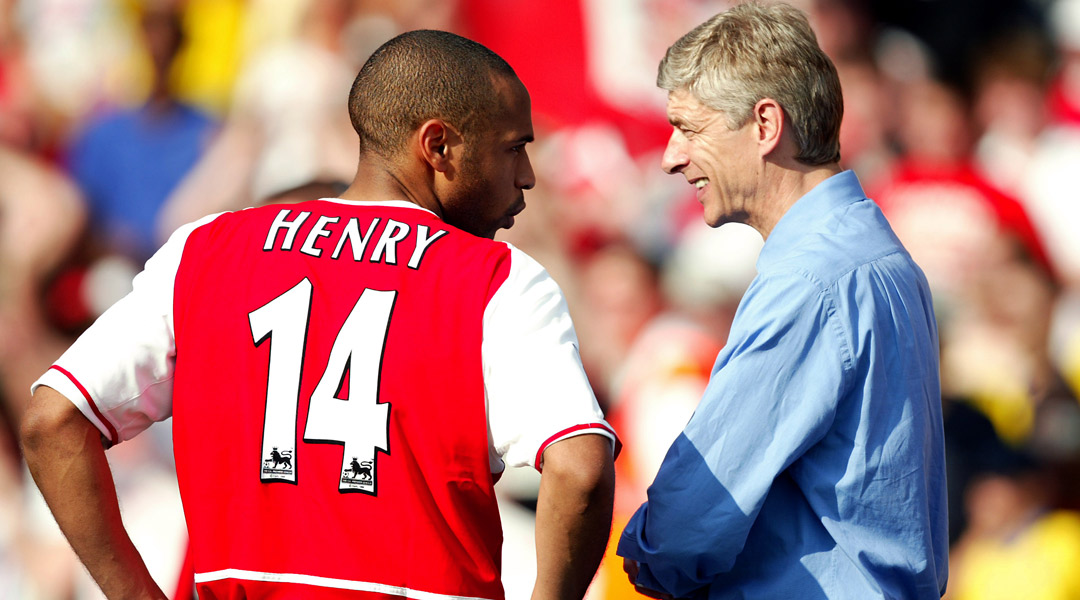
GK: David Seaman
Wenger inherited one of England’s finest-ever goalkeepers shortly after Euro 96 - surely Seaman's career high point - and coached him through his peak years. Seaman’s technical attributes: his calm authority, handling and faultless positioning, earned him the moniker ‘Safe Hands’. One of Seaman’s most underrated qualities was his mentality, largely concealed beneath an avuncular smile and booming Yorkshire laugh. Back in 2008, Wenger purred: “When he was criticised, you knew in the next game that you’d see the best of David Seaman.” He overcame public criticism from supporters and remained Arsene’s No.1 until joining Manchester City in 2003. By that time Jens Lehmann was ready for the shirt.
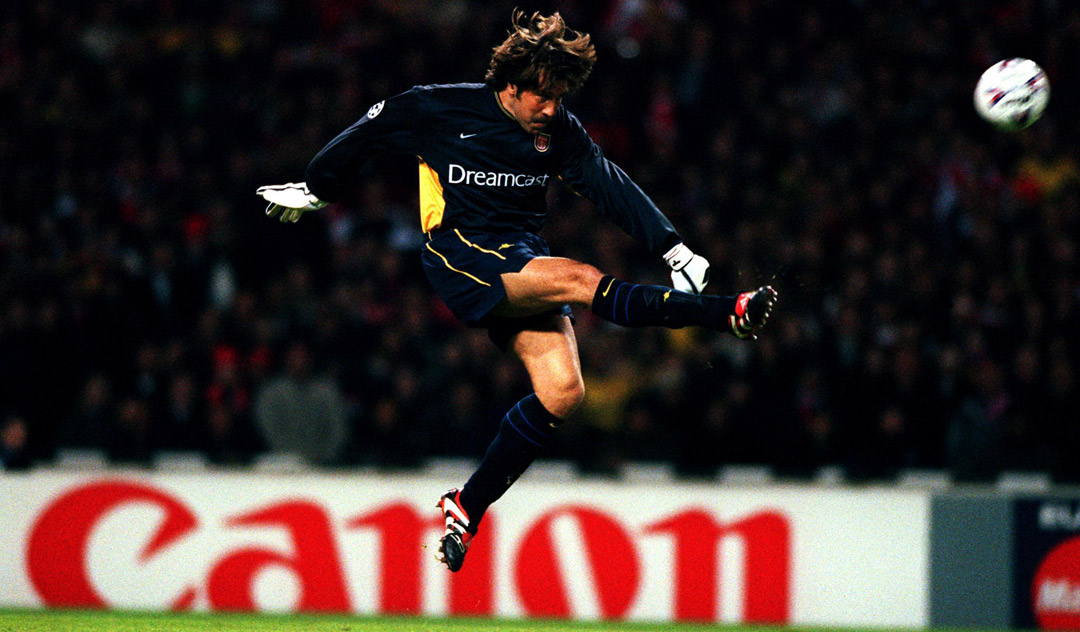
RB: Bacary Sagna
The Frenchman has been the model of consistency since joining from Auxerre in 2007. A technically excellent defender, Sagna epitomises the modern full-back. Athletic, determined, robust and physically exquisite, he's the type of player that goes to war for his team. Sagna is a leader too. His thumping header in the February 2012 North London derby, which halved the deficit to a single goal, was the turning point of a match Arsenal eventually won 5-2 - and probably in transforming a previously potentially doomed season too.
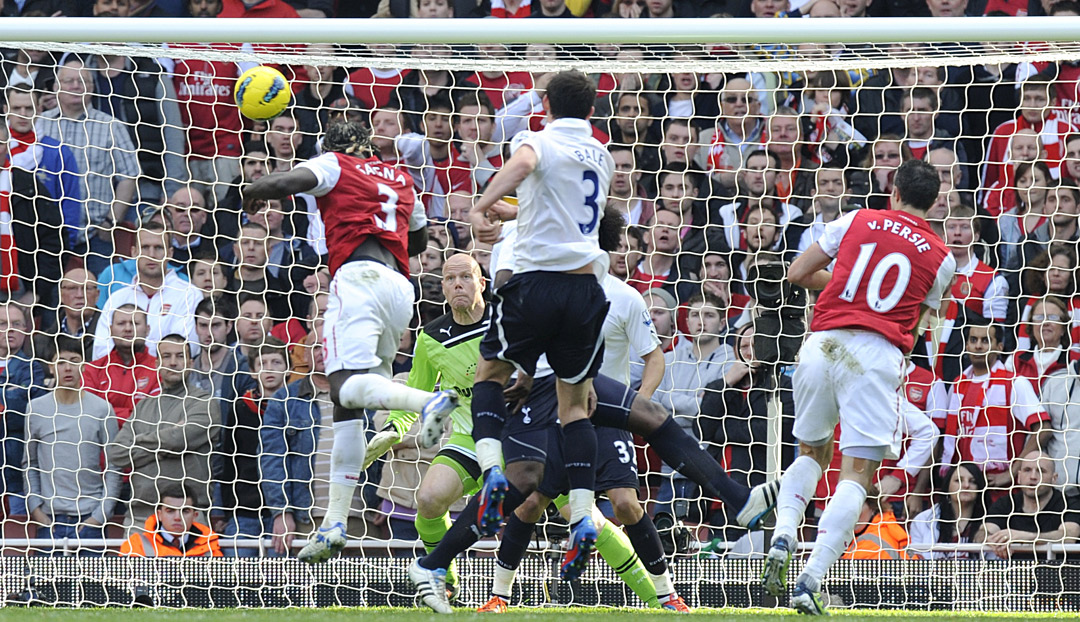
LB: Ashley Cole
Get FourFourTwo Newsletter
The best features, fun and footballing quizzes, straight to your inbox every week.
Admittedly it’s difficult to separate Cole’s Arsenal playing career from acrimony, but ‘footballistically’ (to borrow a well-worn Wengerism), Arsene has worked with no finer left-back. In the embryonic stages of his career, Cole’s defensive deficiencies were camouflaged by his recovery pace. But he blossomed into an accomplished, all-round full-back. He became a fixture of the ‘Invincibles’ side, having forged a devastating partnership with Robert Pires on Arsenal’s left flank. But Cole truly came of age at Euro 2004, shackling the prodigious Cristiano Ronaldo as England were defeated by Portugal. Arsenal fans will always regret how his Gunners career ended with such rancour.
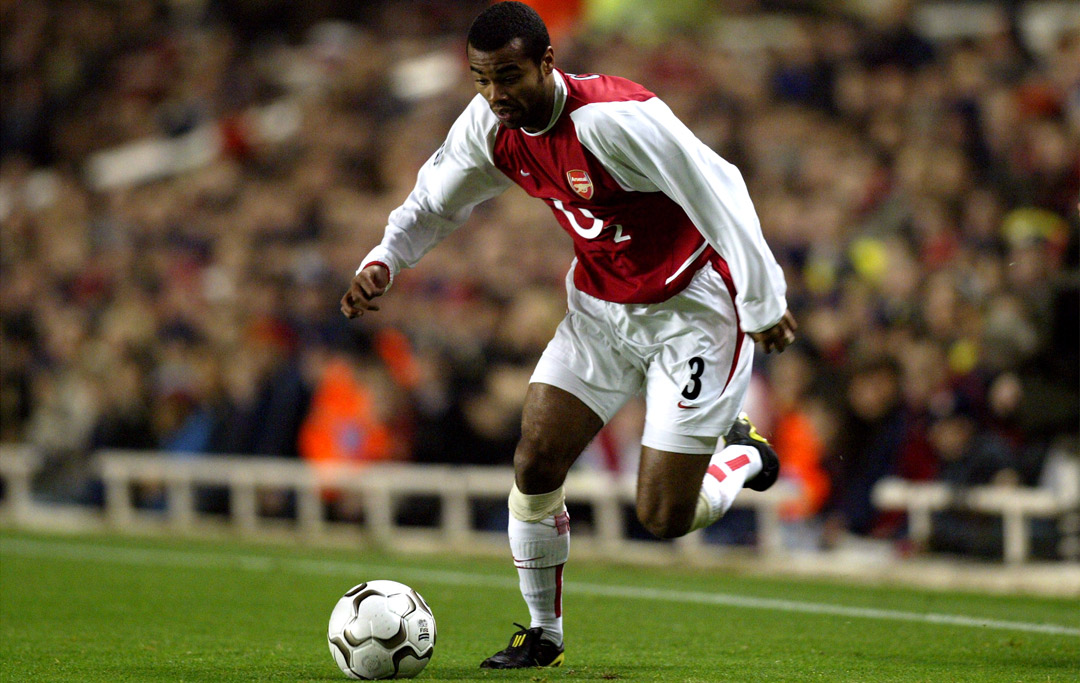
CB: Sol Campbell
One of Wenger’s most significant signings for a number of reasons. Putting aside the controversy of the former England man leaving arch rivals Spurs to join Arsenal on a Bosman, the Gunners shattered their wage structure and fended off competition from Barcelona and Inter Milan for his signature. Father Time had crept up on the likes of Tony Adams and Martin Keown, and Wenger needed a comparable centre-half to build his team around again - Arsenal had finished trophyless for three consecutive seasons from 1999-2001. That Campbell’s arrival corresponded with a swift re-stocking of the Arsenal trophy room was no coincidence.
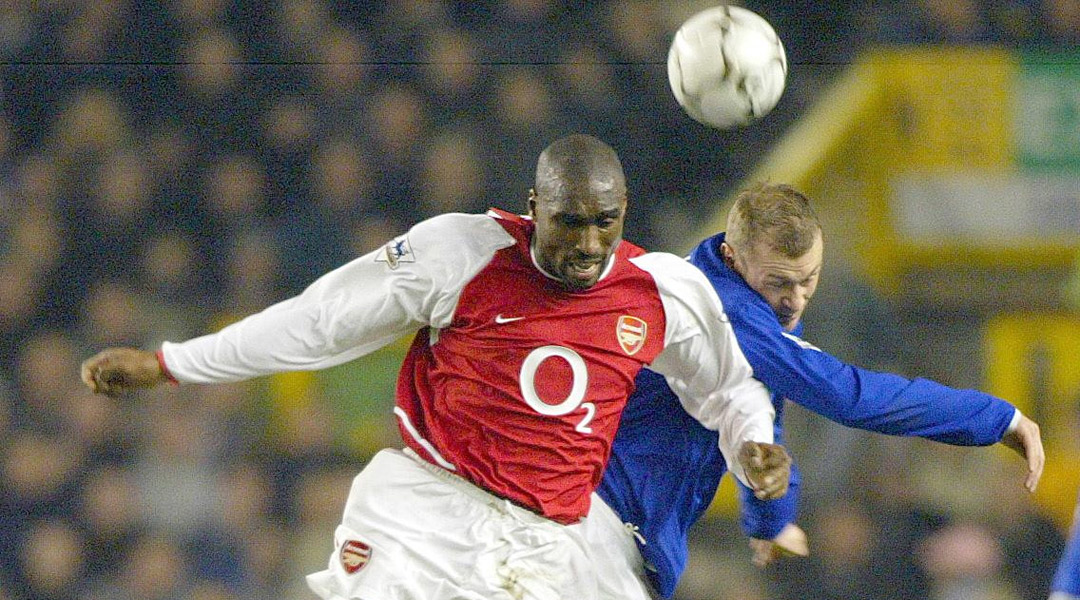
CB: Per Mertesacker
It may be considered somewhat heinous to leave out Adams, even if Wenger oversaw the injury-ravaged autumn of his career. Mertesacker was bought as a 26-year-old centre-back with 77 caps for Germany for just £8m. Imagine how much a 26-year-old England equivalent would trade for in today’s market? The BFG has blossomed into a superb defender at the Emirates Stadium, with a peerless nose for trouble and impossibly long limbs helping snuff out danger. A hugely popular presence in the dressing room and in the stands, where his obvious affection for Arsenal has not gone undetected.
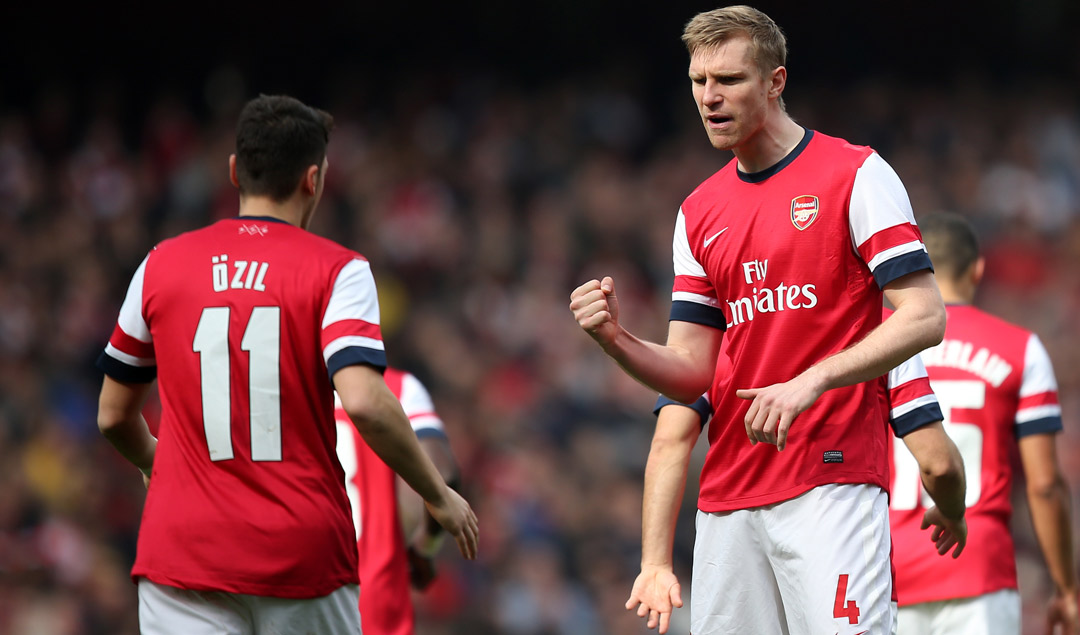
CM: Patrick Vieira
Vieira once defined himself as “a French player with an African heart”, and embraced the positive stereotypes of both cultures. The central midfielder was renowned for his physicality, preserved forever in technicolour through his memorable scraps with Manchester United adversary Roy Keane. Vieira was a physical specimen unafraid to impose himself by fair means or foul. He also had a Gallic insouciance on the ball: economical in possession, and capable of embarrassing opponents with close control. Vieira’s signature move became the ‘chapeau’, flicking the ball over the head of bewildered opponents before collecting it on his boot and waltzing clear. The bedrock of Wenger’s greatest side.
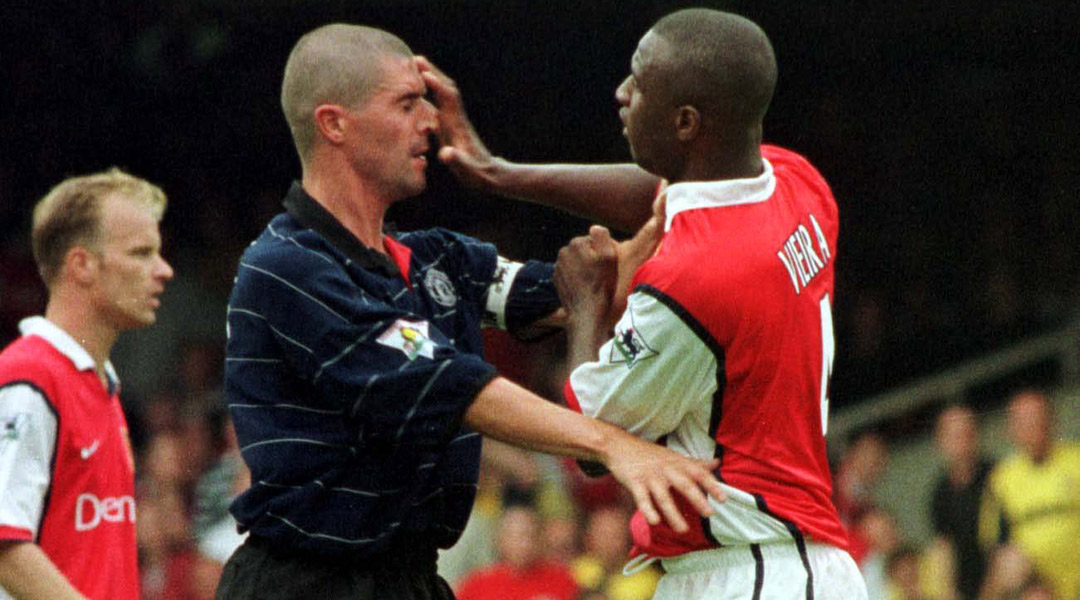
CM: Cesc Fabregas
The precocious 17-year-old who walked into one of English football’s finest-ever teams, and didn't look remotely out of place in the company. As the years ticked by, Fabregas eventually wrested control of Arsenal’s engine room, leaving Vieira and later even a sciatica-ridden Thierry Henry in his wake as the keys to the team were handed over to him. It’s something of a mini tragedy that Fabregas shouldered the Gunners' burdens during the trying transition years of the new stadium, when Wenger was unable to surround him with comparable quality. His Arsenal career deserved greater decoration.
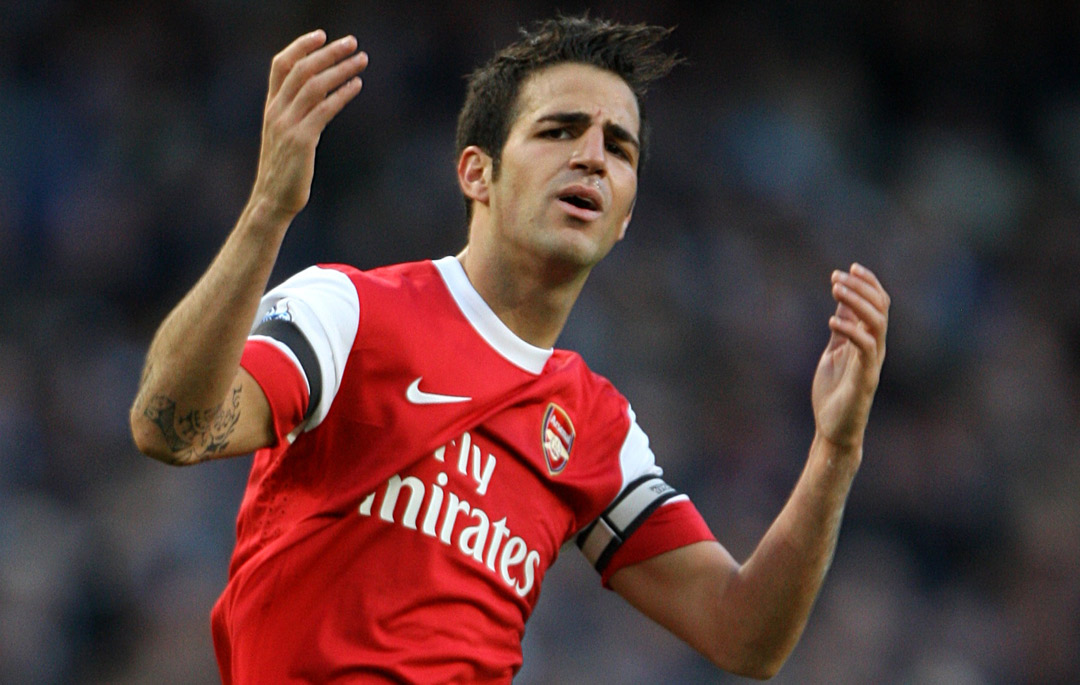
LM: Robert Pires
One of Wenger’s true transfer masterstrokes. The departure of Marc Overmars left a sizeable hole in the manager's attacking arsenal in 2000, but a devilishly handsome Frenchman from Marseille stepped straight into it and sashayed his way into Arsenal hearts. Pires’s unorthodox running style made him a beautifully balanced footballer, and like the famously bowlegged Garrincha, he was able to deceive defenders with a deft shift of the shoulders. Wenger described him as having “feet like a ballet dancer”, yet his elegance and passing range was complemented with a striker’s eye and ruthless finish to match. He averaged a goal every three matches for the Gunners.
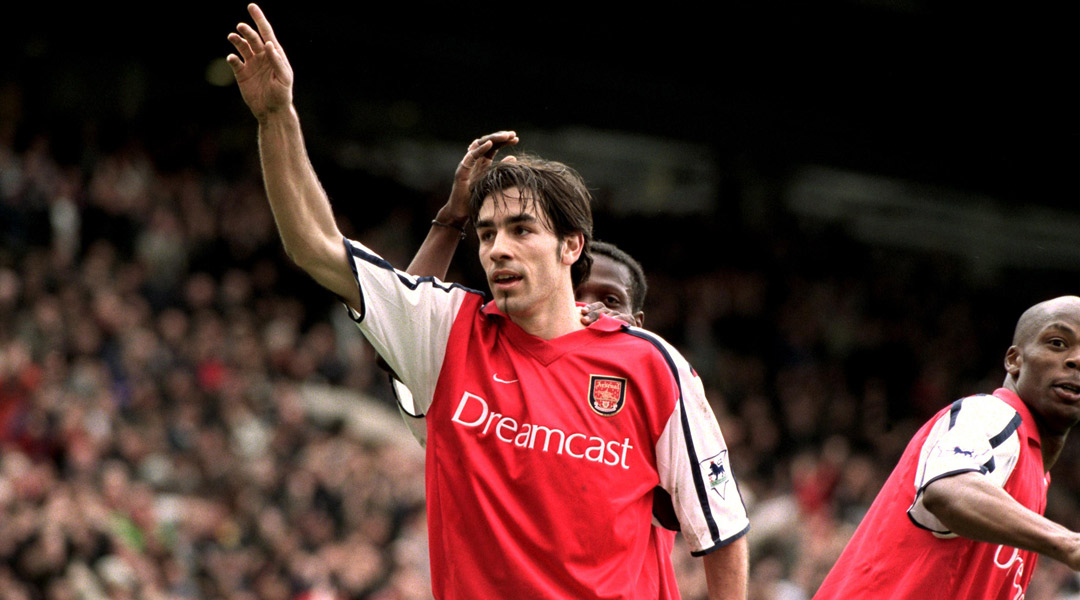
RM: Marc Overmars
With the creative juices of Pires and Fabregas bubbling tantalisingly in this cauldron of Arsene’s XI, it’s difficult to think of a player who would relish that sort of company more than the jet-heeled Overmars. Wenger took a risk signing the Dutchman, who had just recovered from a cruciate ligament injury before joining from Ajax in 1997. It was especially precarious given Overmars’ chief attribute being speed - but in the end there were no such worries. His wing scampering made him a key figure of the 1997-98 Double-winning campaign, in which he netted landmark goals against Everton, Manchester United and Newcastle, the latter at Wembley.
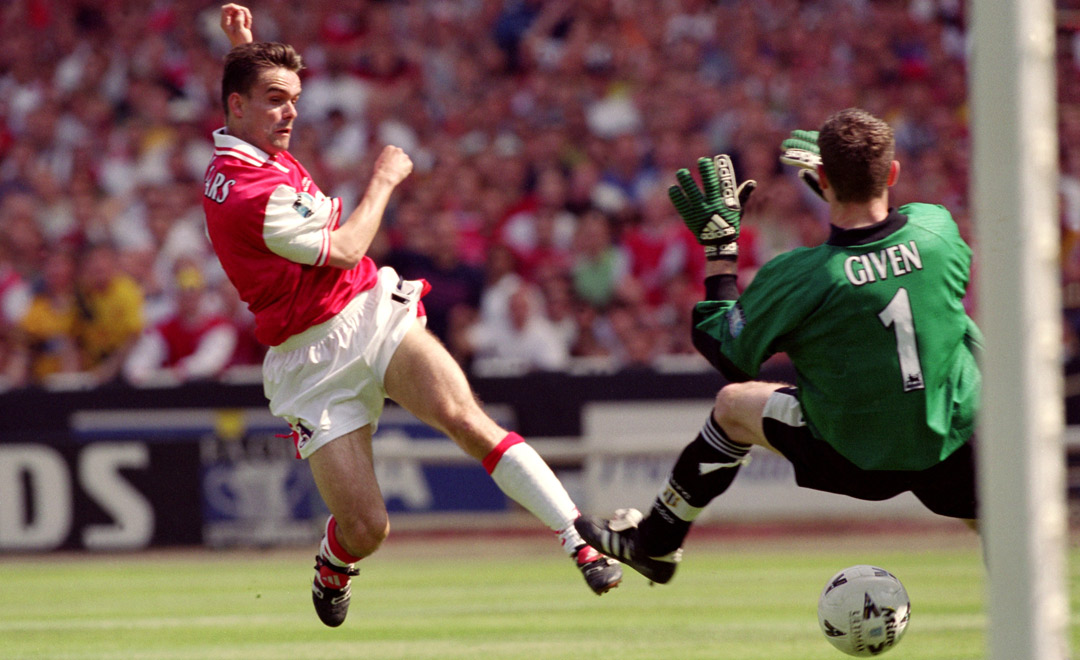
ST: Dennis Bergkamp
An oft expressed sentiment is that Wenger was fortunate to inherit George Graham’s formidable Back Five upon arrival at Arsenal. It was equally fortuitous that he was bequeathed with Dennis Bergkamp. The Dutchman was an exceptional technician capable of footballing deeds that really ought to have been beyond the grasp of mere mortals. Some of Bergkamp’s goals were physical feats as much as they were monuments of artistic brilliance. He will be most fondly remembered by his strike partners as the perfect provider. Henry, a one-time team-mate of Zinedine Zidane, Lionel Messi and Ronaldinho, never skips a beat when describing Bergkamp as the best he ever played with.
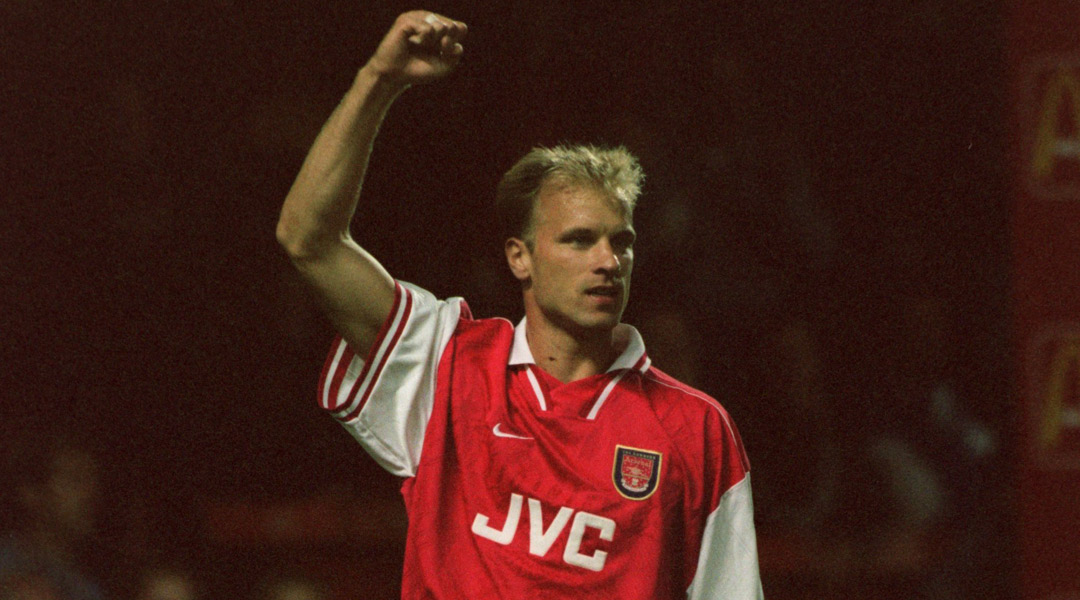
ST: Thierry Henry
Wenger is fabled as a developmental coach. He creates the environment for players to cultivate their raw ability. Paul Merson once memorably described the Frenchman as a coach that gives his players “unbelievable belief”. Of all Wenger’s mentoring successes, though, there is no yarn more spun than that of Henry, the beleaguered, doubt-ridden winger from Juventus who Wenger turned into one of the game’s greatest-ever strikers. Built perfectly for a footballer, Henry combined grace, power, pace and precision to make him a striking force. Arsenal’s greatest-ever goalscorer and Wenger’s master student.
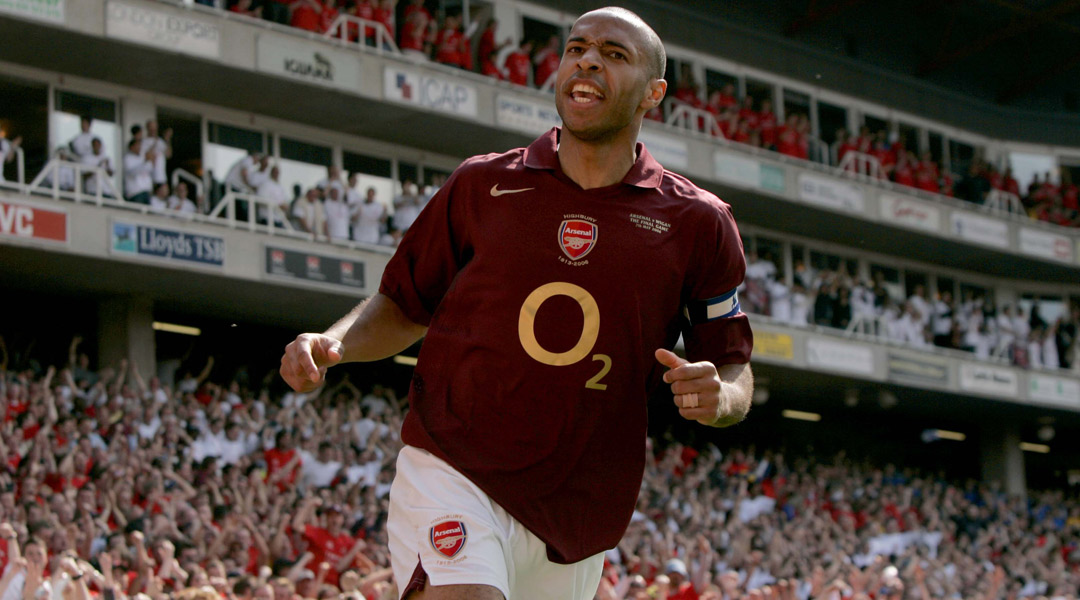
Super sub: Ray Parlour
Wenger is credited with the transformation of some glittering careers - and Parlour is one of his unsung successes. Few expected the Romford Pele to survive The Professor’s revolution where technique was king, and beer and chocolate were swapped for mineral water and steamed veg. Parlour seemed one of the more likely casualties. Yet he was smart to recognise his strengths under Wenger’s tutelage. He was a big-game player too - he accumulated man-of-the-match awards in the 1998 FA Cup Final, the 2002 title decider at Old Trafford and the 2000 UEFA Cup Final, and notched an important strike in the 2002 FA Cup Final against Chelsea.
